By Louie Stout
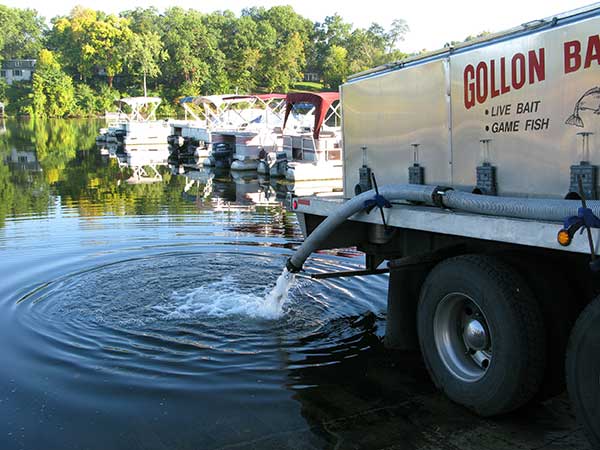 Walleyes purchased by the DNR and MWA are doing well.Drought periods may not bode well for steelhead runs, but low water flows during 2012 appear to have been very good for gamefish in the St. Joseph River.
Walleyes purchased by the DNR and MWA are doing well.Drought periods may not bode well for steelhead runs, but low water flows during 2012 appear to have been very good for gamefish in the St. Joseph River.
Thats the observation of Daragh Deegan, aquatic biologist for the city of Elkhart.
Deegan spent a lot of time sampling the St. Joe last summer and was astounded with what he saw.
In the 16 years weve been looking at bass on the St. Joe, 2012 produced the best growth rate and best spawn and survival of the young that weve ever seen, Deegan noted.
In fact, he added, growth and fish production was up in just about every species he saw.
The reason? The biologist believes it is related to the low water velocity from the previous season.
We know that fluctuating water levels in river systems decimate spawning beds, he explained. And of the fish that do spawn, the larvae cant survive in those high water flows. We didnt have that issue in 2012.
Its worth noting that the summer/fall steelhead run in 2012 was one of the worst. Moving water and cooler temperatures trigger Skamania to migrate upstream from Lake Michigan. We didnt have that in 2012, but other fish benefited.
April showers bring May flowers, but they can play havoc with spawning fish. Deegan says smallmouth are notorious for abandoning beds in high-water periods. Largemouth bass have better spawning success because they spawn away from the current in backwaters and do a better job of protecting their young.
When we had flooding in 2007-2008, we had a hard time finding young-of-the-year smallmouth the following spring and summer, Deegan added.
Last years survey revealed a ton of young smallies.
It will be awhile before those bass reach trophy size. According to DNR biologist Neil Ledet, it takes a river smallmouth six years to reach 15 inches.
Deegan is anxious to find out whether the fish hatched in 2012 made it through the recent rough winter. He hopes to survey them soon.
Predators ate well: Growth rates of last years fish were equally impressive, Deegan noted, due to a larger forage base that also benefited from 2012 weather.
Biologists examine fish scales under a microscope and read their rings, much the same way an arborist determines the age of a tree.
The growth rate was two to three times as much as weve seen in other years, Deegan added.
With less turbid conditions, fish can find their prey easier and feed more often.
The biologist saw a lot of young forage especially shad - in the river last summer, providing a bountiful source of protein for predators.
Thats not to say shad nonnative fish - are a good thing; they remain on fish biologists most dreaded list. Worster Lake at Potato Creek State Park is a case in point. If not kept in check, shad sizes grow beyond game fishes ability to gobble them up. Large shad compete with young sport fishes, whose growth rates ultimately diminish. Thats what happens at Worster and why biologists have to treat it every few years to rid the lake of most of the shad.
Were all nervous about shad in the river, but we are seeing a lot of quality bass, and walleye, Deegan said. Pike are all over the place and crappie and bluegill have been growing.
Walleyes, too: While stocking of larger walleye fingerlings in recent years has helped, low water conditions and an abundance of food may have attributed to the outstanding walleye fishing the past couple of years. Anglers have reported catching more keeper fish (15 inches) than ever before.
Ive never seen so many keeper walleye as I did during last years summer survey, which is normally not a good time to sample walleyes, explained Deegan.
So now were left to wonder - Will this years lousy spring weather impact spawning success?
Smallmouth tend to spawn before largemouth in lakes, but Deegan isnt convinced that happens on the St. Joe.
The surveys and data weve collected indicate heavy smallmouth spawning activity in late May and into June, he said.
Its possible, Deegan added, that smallmouth in the impoundment sections, near the dams where the flow is less, spawn along seawalls and rocky substrates earlier in the year; those in the river sections, such as below the Elkhart dam and above the 6 Span bridge, where the river narrows and the current is faster, spawn later as the river becomes more stable.
So, if we achieve stable water levels in the coming weeks, bass could get off another good spawn.





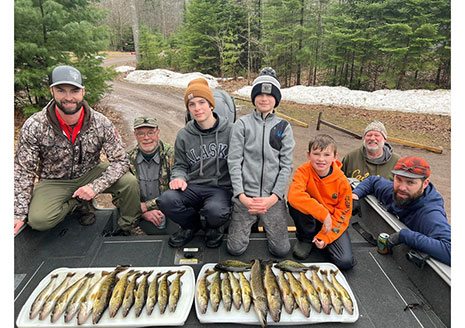
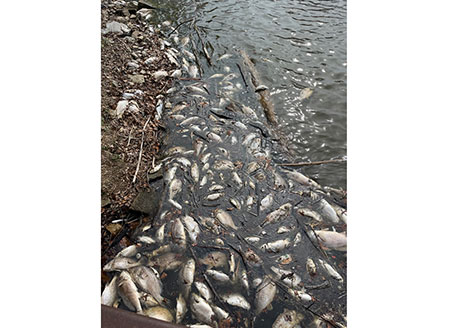
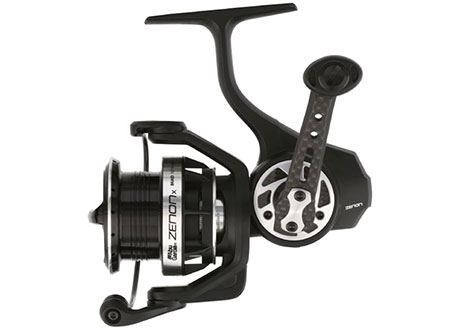







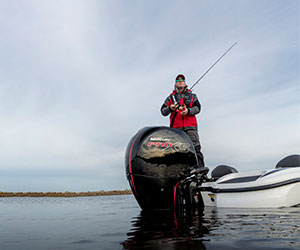


Connect With Us